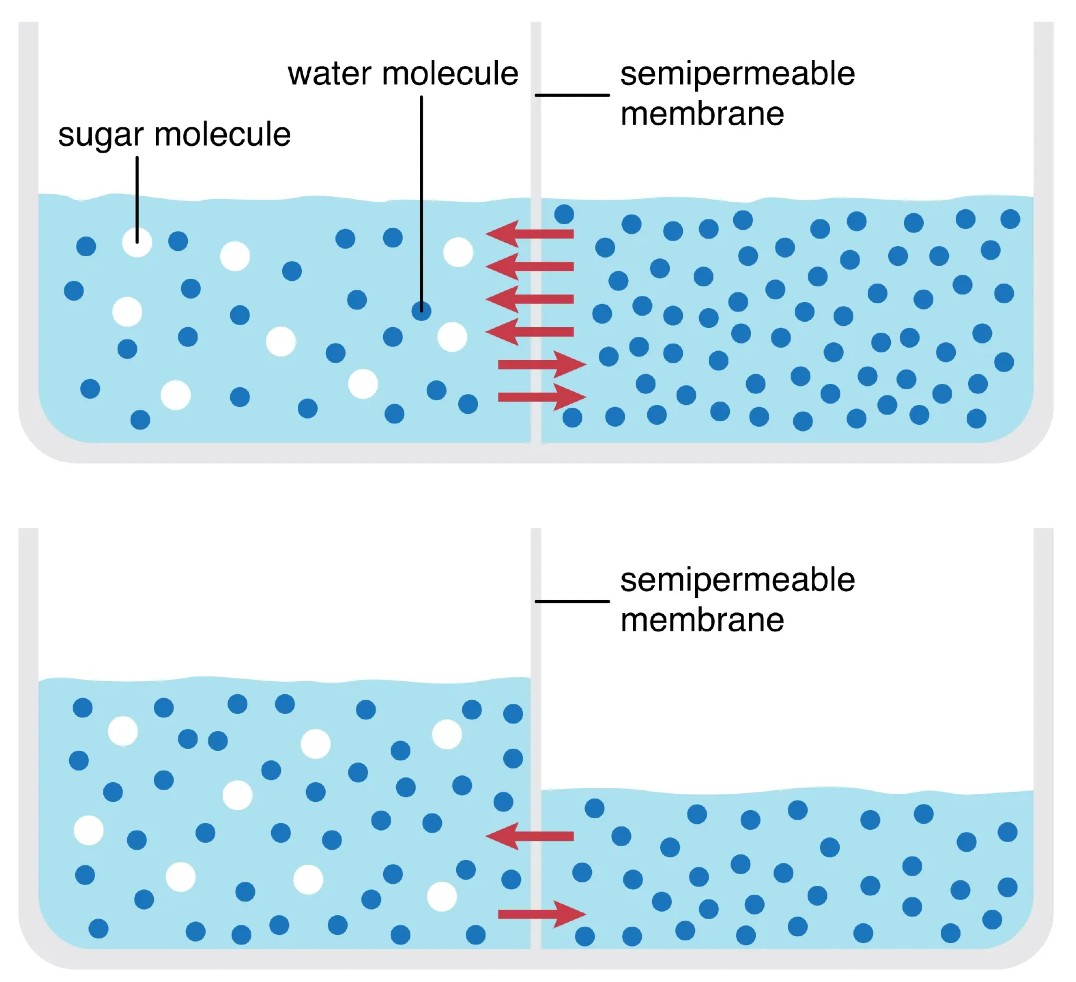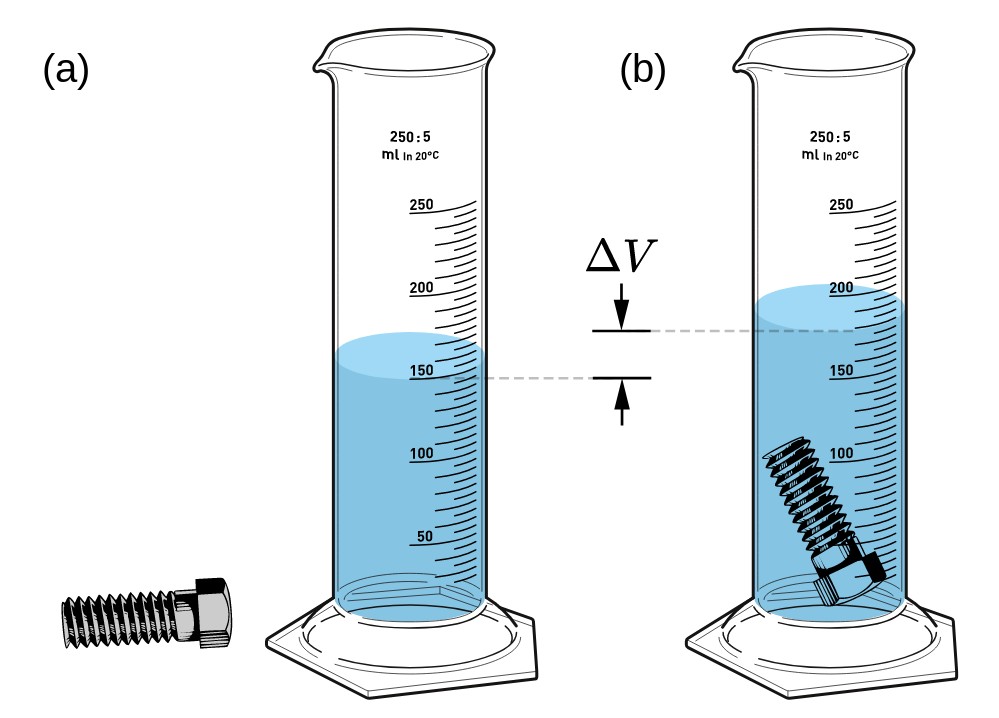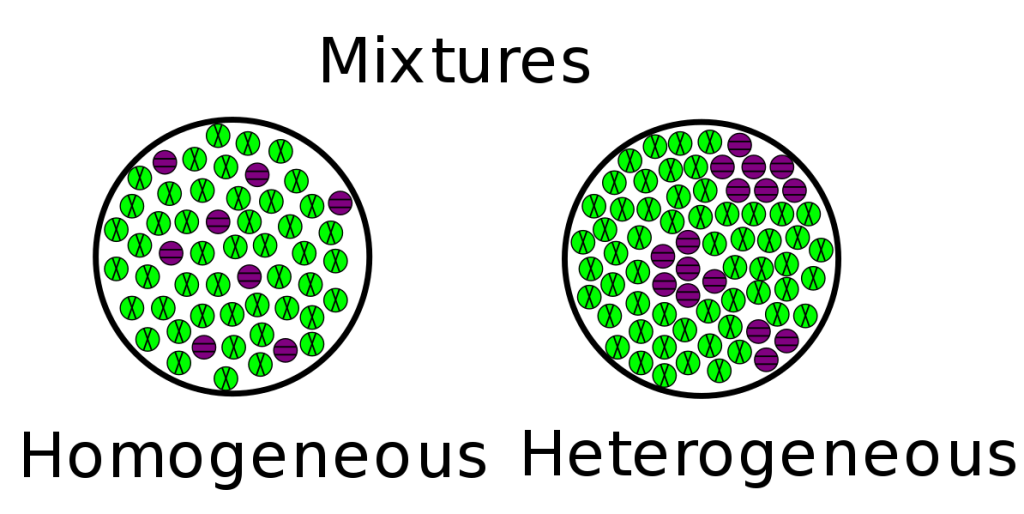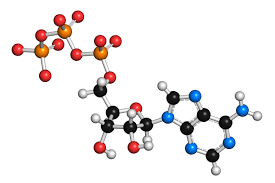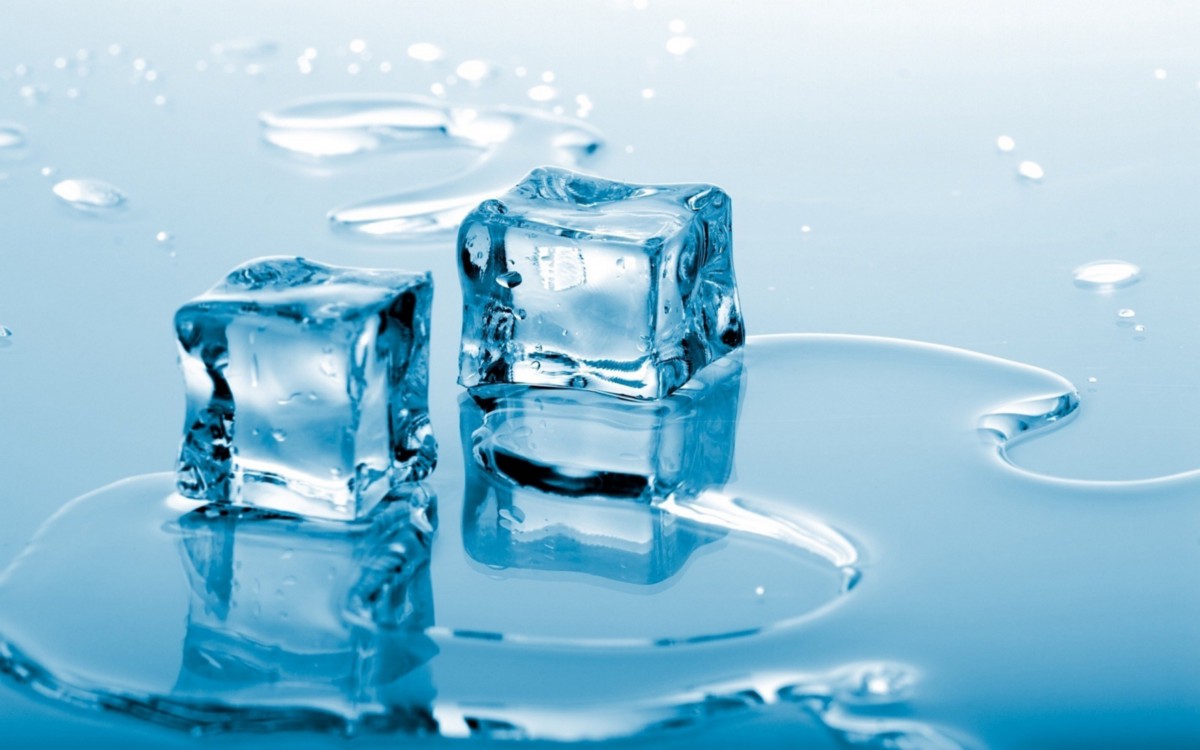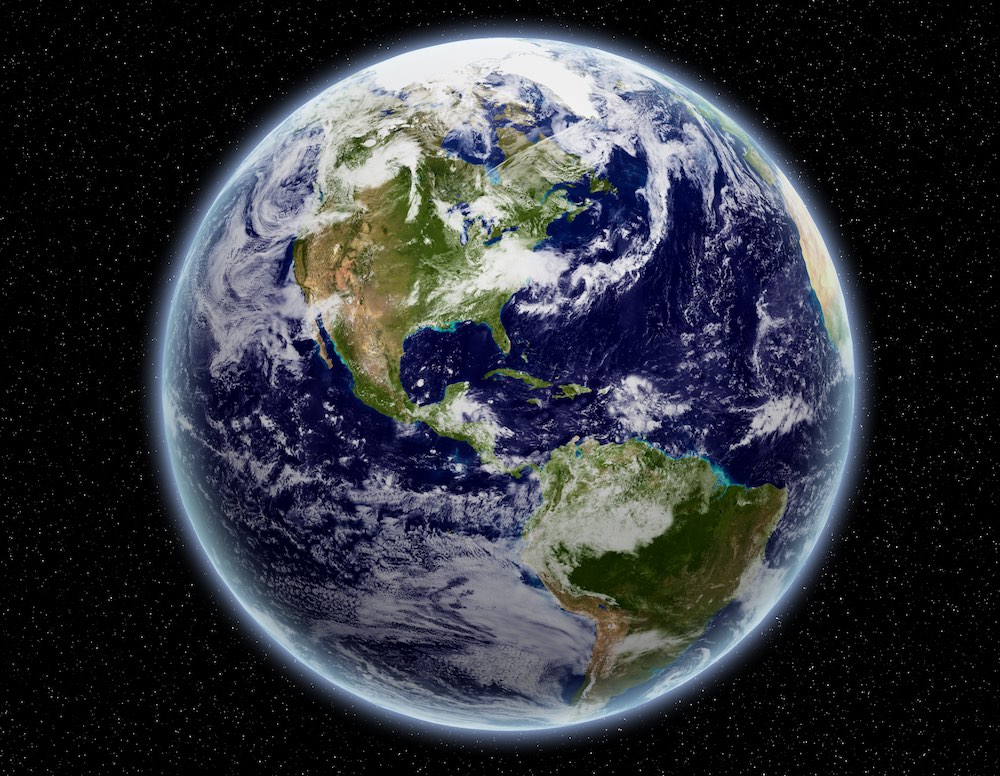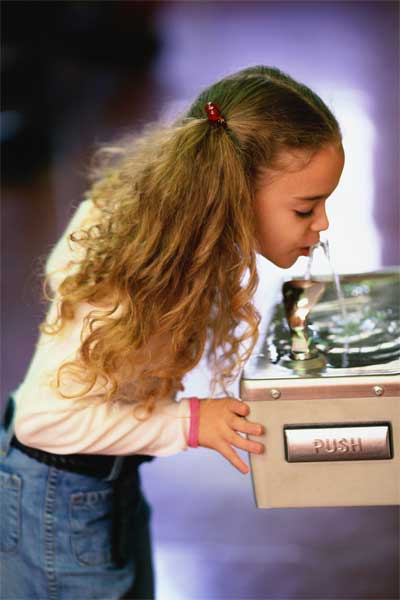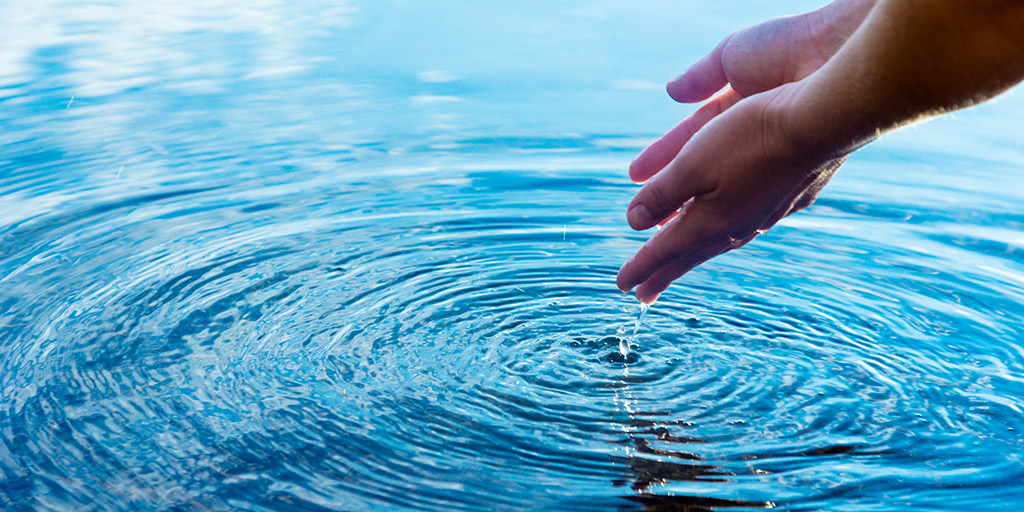Osmosis
Living things interact with their environments. This includes cells, which take in nutrients and expel waste. They do this through active and passive transport. Active transport requires energy, while passive transport does not. Examples of active transport include cells taking in glucose against a concentration gradient. Meaning that the cell must use energy to bring […]
